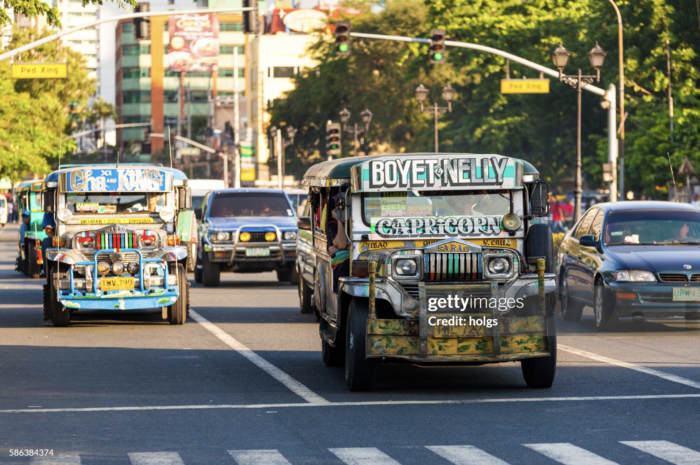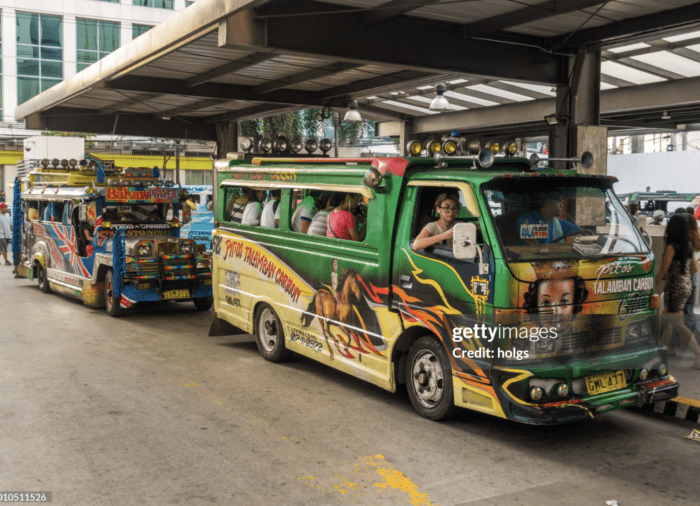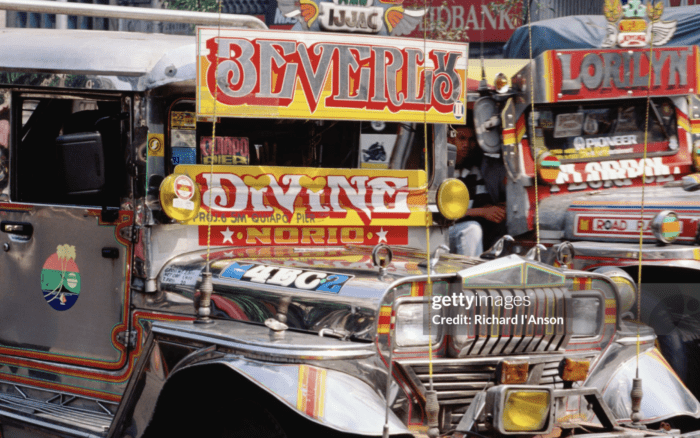Finally back in the city! And in this week’s Sunday Stamps, the theme is colours and I have a set of stamps celebrating a beloved American tradition – the Thanksgiving Day Parade!
In 2009, the USPS issued four commemorative stamps featuring iconic scenes from this joyous holiday event. Unfortunately, my collection only holds two of these four se-tenant stamps.
Even with just these two stamps, we get a vibrant glimpse into the parade’s atmosphere. One stamp showcases a lively marching band, while the other features beloved characters and the larger-than-life turkey balloon that have become synonymous with the Thanksgiving Day Parade.
Take a look at the full strip:
While I haven’t personally witnessed this extravagant event, I’m captivated by parades and the artistry of floats. These stamps perfectly capture the essence of the Thanksgiving Day Parade, just like the ones I see on TV. They offer a colourful window into American culture and the spirit of this special holiday.
The vibrant colours on the stamps are a result of designer Paul Rogers’ unique approach. He drew inspiration from mid-century advertising and poster art, then used digital techniques to bring them to life on these miniature masterpieces. (Source)







